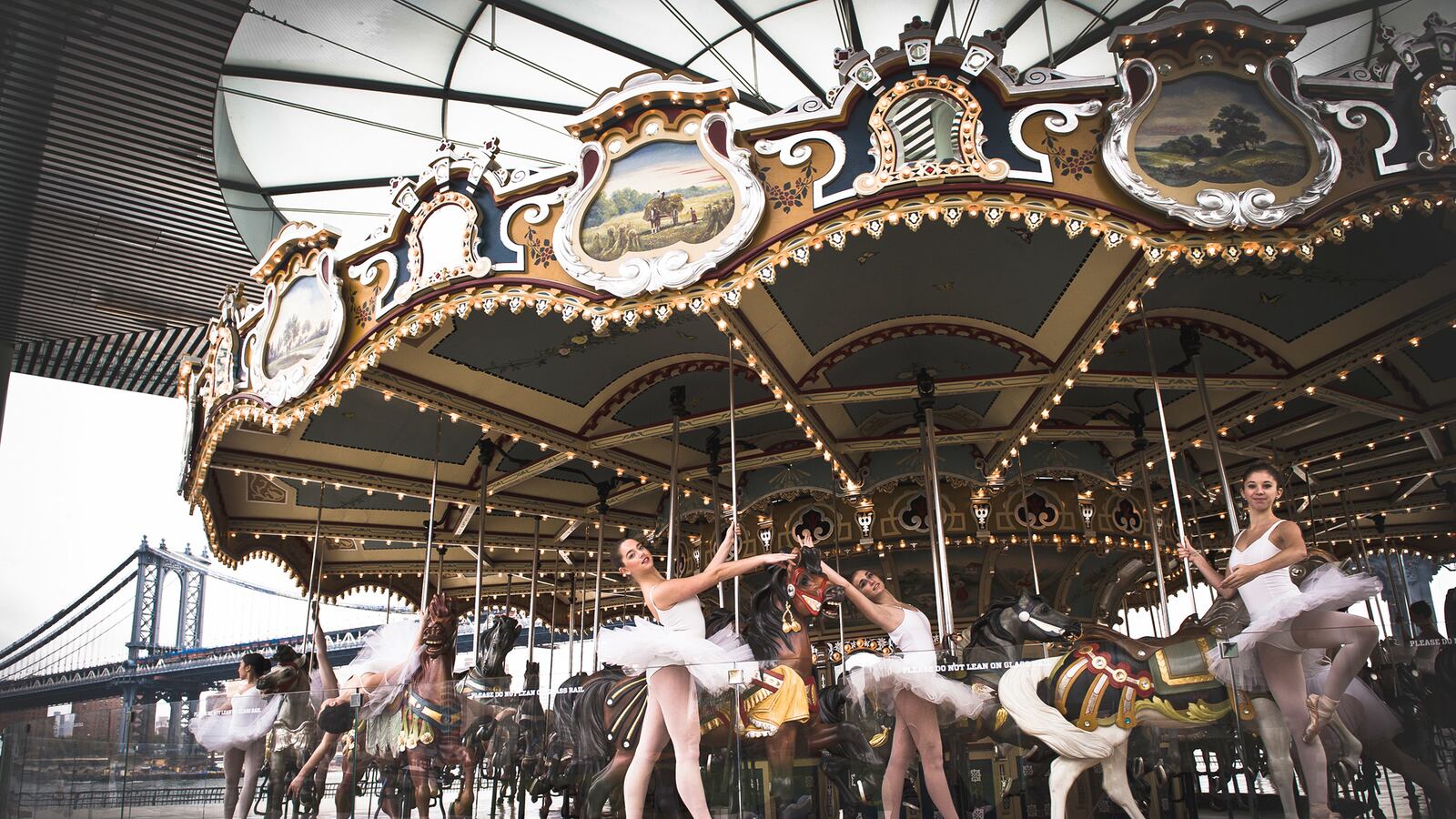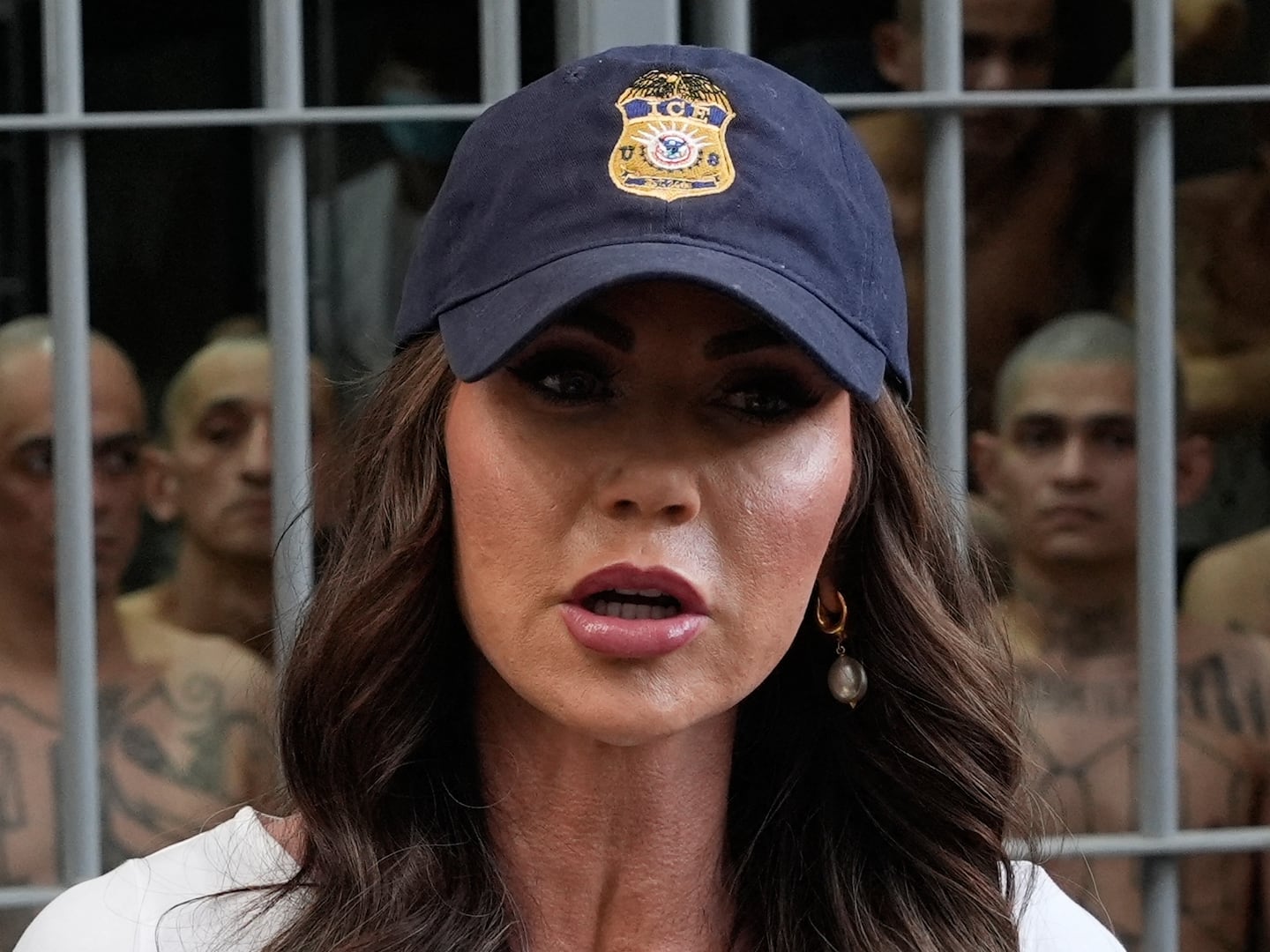
Paula Lobo may have studied dance for 17 years, but she never wanted it to become her career.
“I absolutely love dance, but I had an interesting relationship with it,” she tells The Daily Beast. “I didn’t want to stop dancing or stop studying it, but I didn’t want to be a dancer.”
But at the age of 20, she decided to quit, turning her focus to a short-lived job as a copywriter in advertising. Lobo left her corporate job to explore her true passion, photography, working for a Brazilian fashion photographer. In 2009, she moved to New York to pursue a career on her own. It was then that her past met her present—she began capturing images of dancers in New York City, and soon after took a trip to a photography workshop in the Norwegian fjords, taking photos of dancers on a glacier. That’s when things finally clicked.
It wasn’t just Lobo’s own dance experience that helped her realize that photographing someone in movement could tell so much about a person or place—it was also the idea of dance being able to transcend all geographical or language barriers, becoming a common tongue, in a way, for the entire globe.
“Any where you go—any little village in the middle of nowhere—there’s going to [be] someone on drums playing music and [someone] dancing,” Lobo explains. “Every culture has a specific way to tell a story, communicate feelings and their personal culture through dance. There’s no other way to do it. Everybody loves movement.”
GALLERY: When They Dance by Paula Lobo (PHOTOS)

Lobo made this discovery during a yearlong journey hosting the Brazilian television series World in Movement, in which she snapped images at 90 locations across 10 countries—everywhere from New York and Puerto Rico to Argentina, Morocco, and Japan. The show was “about this girl who was traveling the world and taking photos of dancers,” Lobo says. “It was all very spontaneous, like a reality show-type of thing.” And while she received some serious television and traveling experience, Lobo’s most valuable result from World in Movement was Quando Eles Dancam (When They Dance, Editora Senac Sao Paolo), which is available now, her first photography book which features over 130 mostly black-and-white pictures of the dancers captured along the way.
“What [is] a dancer made of?” Lobo asked herself. “What do they feel? Where do they come from? What do they believe in? What lies behind a perfect arabesque? What is it that only the body can convey?” There’s the classic ballerina, Temple Kemezis, clad in Pointe shoes and a tutu, posing in the shadows of a studio at New York’s Baryshnikov Arts Center. Modern Spanish dancer Allan Falieri transformed the Museo Reina Sofia into his own miniature performance space. Journalist and ballerina Liana Vasconcelos, who Lobo describes as “part Black Swan and part Yemanja (the Brazilian sea goddess),” moved gracefully with the crashing waves in Rio de Janeiro.
Not presented in any particular order nor distinguished by location, Lobo’s images are ethereal yet realistic portrayals of how dance doesn’t need to be center stage for it to be impactful. Passion and communication through movement can happen anywhere, from the caves of Cappadocia to a vintage carousel in Brooklyn—even in a Hawaiian forest.
“From the beginning, this was a journey full of challenges and difficulties but it was always an opportunity to learn and be amazed by beauty,” she says. “To this day, I still wake up in the middle of the night and it takes me a moment before I remember where I am. Am I just napping on a Japanese bullet train? Or on a little jet over the Caribbean? Maybe I am in a Moroccan Riad or on an exotic Indian road. I often dream about my balloon flights in Cappadocia, about the colored spices of the Turkish Market, about the peaceful sunset in Pushkar, about the chants and Hula drums, the fire swords spinning under the full moon, about the loving hugs and true looks from so many people who experience and share together the passion for dance.”






